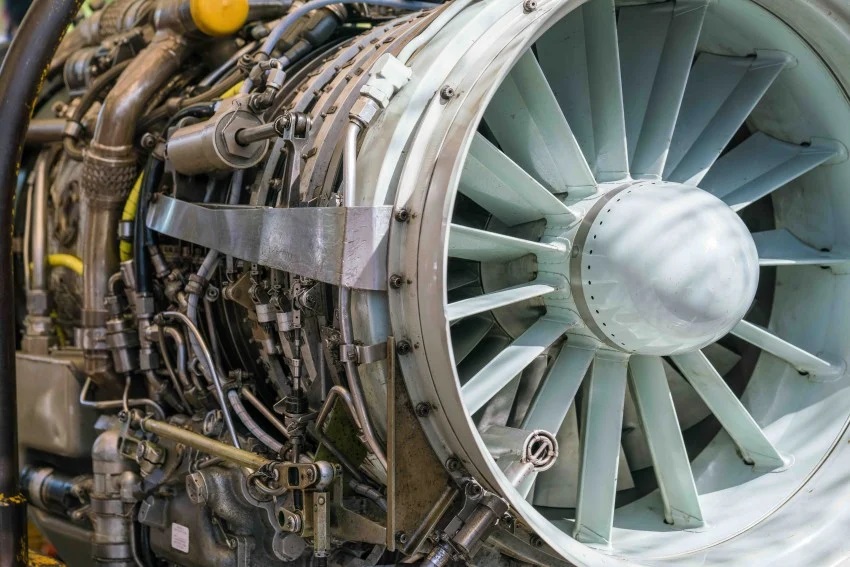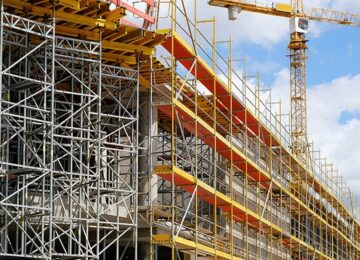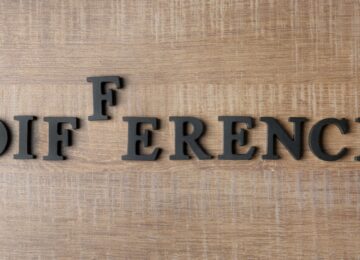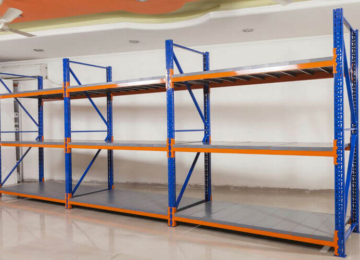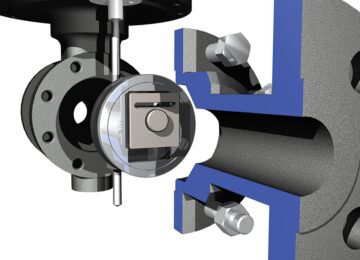The Demanding World of Aerospace Stainless Steel Forging
Aerospace stainless steel forging is a critical process in the aviation industry, where precision, strength, and reliability are paramount. These forgings are used to create components such as engine parts, landing gear, airframes, and more. The aerospace sector places unique demands on stainless steel forgings due to the extreme conditions and safety-critical nature of flight.
Safety-Critical Applications: Aerospace forgings must meet stringent quality and performance standards to ensure the safety of passengers and crew. Failures in critical components can have catastrophic consequences.
High-Performance Requirements: Stainless steel forgings in aerospace applications need to exhibit exceptional strength, corrosion resistance, and fatigue resistance to withstand the stresses of flight.
Weight and Space Constraints: Weight reduction is a continuous goal in aerospace engineering. Forgings must be designed to be as lightweight as possible while maintaining structural integrity.
Material Selection: Finding the Ideal Stainless Steel Alloy
Choosing the right stainless steel alloy is a crucial step in aerospace forging:
Corrosion Resistance: Stainless steel is chosen for its resistance to corrosion in harsh aerospace environments, including exposure to high-altitude moisture and salt.
Strength-to-Weight Ratio: Selecting an alloy with a high strength-to-weight ratio is essential for reducing the overall weight of aircraft components while maintaining structural integrity.
Temperature Resistance: Aerospace components often operate in extreme temperature ranges, so the selected stainless steel alloy must maintain its mechanical properties across these conditions.
Certifications and Compliance: Stainless steel alloys used in aerospace applications must meet industry-specific certifications and standards, such as AMS (Aerospace Material Specification) and ASTM (American Society for Testing and Materials) standards.
Temperature Control and Heat Treatment Challenges
Aerospace stainless steel forging involves precise temperature control and heat treatment to achieve the desired material properties:
Uniform Heating: Achieving uniform heating of the stainless steel billet is crucial to ensure consistent forging throughout the part. Induction heating and controlled furnaces are commonly used for this purpose.
Controlled Cooling: Proper cooling rates during heat treatment are critical for achieving the desired mechanical properties and preventing the formation of undesirable microstructures.
Heat Treatment Consistency: Maintaining the consistency of heat treatment processes, including quenching and tempering, is essential to avoid variations in material properties within a forged component.
Dimensional Stability: Stainless steel forgings must be heat-treated to minimize dimensional changes and maintain tight tolerances, especially in precision aerospace components.
Precision Forging and Complex Geometries
Aerospace components often feature intricate and complex geometries that demand precision forging techniques:
Closed Die Forging: Closed die forging processes with precision tooling and dies are used to create complex shapes with high dimensional accuracy.
Computer-Aided Design (CAD): CAD software is employed to design and simulate the forging process, ensuring that complex shapes are forged accurately.
Grain Flow Control: Precision forging helps control the grain flow within the material, enhancing its mechanical properties and ensuring even stress distribution.
Material Savings: Precision forging minimizes material waste by producing near-net shape or net shape components, which is cost-effective and aligns with aerospace weight reduction goals.
Aerospace stainless steel forging is a highly demanding and critical process in aviation. Material selection, temperature control, heat treatment, and precision forging techniques are all essential factors that must be meticulously managed to produce components that meet the stringent requirements of the aerospace industry. Ensuring the reliability and safety of aerospace forgings is paramount to the success of the aviation sector and the well-being of passengers and crew.
Surface Finish and Quality Standards
Surface finish is a critical aspect of aerospace stainless steel forging, as it affects the aerodynamics, corrosion resistance, and overall performance of aircraft components:
Aerodynamics: Smooth and well-finished surfaces reduce aerodynamic drag, which is crucial for fuel efficiency and overall aircraft performance.
Corrosion Resistance: A high-quality surface finish is essential to prevent corrosion and maintain the longevity of aerospace components, especially those exposed to harsh environmental conditions.
Quality Standards: Aerospace components are held to stringent quality standards. Surface finish requirements are specified in detail, often using industry standards like AMS or ASTM.
Polishing and Precision: Aerospace components may require precision polishing and finishing processes to meet specific surface roughness and cleanliness standards.
Machining and Tolerance Control
While precision forging aims to create near-net or net-shape components, some aerospace parts require additional machining for critical dimensions and tight tolerances:
Tolerance Control: Maintaining tight tolerances is essential for ensuring that components fit together accurately in the assembly. Machining processes like milling, turning, and grinding are employed to achieve precise dimensions.
Tooling and Fixturing: High-precision machining requires advanced tooling and fixturing to securely hold and position forged parts during the machining process.
CNC Machining: Computer Numerical Control (CNC) machining is commonly used in aerospace to achieve consistent and repeatable machining results.
Dimensional Verification: Rigorous dimensional verification and quality control checks are conducted at various stages, from forging to machining, to ensure compliance with design specifications.
Cracking and Defect Minimization
Minimizing cracking and defects is crucial in aerospace stainless steel forging:
Material Quality: Starting with high-quality stainless steel material with low levels of impurities is the first step in preventing defects.
Die Design: Well-designed forging dies and tooling help prevent defects by ensuring even material flow and avoiding sharp corners or sudden changes in shape.
Controlled Cooling: Proper heat treatment and cooling rates are employed to prevent the formation of cracks and internal defects during the forging process.
Ultrasonic Testing: Non-destructive testing techniques like ultrasonic testing are used to detect internal defects or cracks that may not be visible to the naked eye.
Quality Assurance: Stringent quality control measures and inspections are conducted to identify and rectify any defects or irregularities before components are used in aircraft.
Environmental and Sustainability Considerations
The aerospace industry is increasingly focusing on environmental sustainability:
Material Recycling: Efforts are made to recycle stainless steel and other materials used in aerospace components to reduce waste and resource consumption.
Eco-Friendly Processes: Forging companies are adopting environmentally friendly practices, including the use of clean energy sources and reducing greenhouse gas emissions during production.
Waste Reduction: Minimizing material waste through precision forging and recycling efforts aligns with sustainability goals.
Regulatory Compliance: Compliance with environmental regulations and standards, such as ISO 14001, is essential to demonstrate a commitment to sustainability.
Regulatory Compliance and Certification
Compliance with regulatory standards and certifications is a fundamental requirement in aerospace stainless steel forging:
AMS and ASTM Standards: Aerospace stainless steel forging must adhere to industry-specific standards outlined by organizations such as AMS (Aerospace Material Specification) and ASTM (American Society for Testing and Materials). These standards dictate material properties, testing procedures, and quality control requirements.
AS9100 Certification: AS9100 is an aerospace quality management system standard that ensures compliance with rigorous quality and safety requirements. Forging companies often seek AS9100 certification to demonstrate their commitment to quality and regulatory compliance.
NADCAP: The National Aerospace and Defense Contractors Accreditation Program (NADCAP) is a global accreditation program for aerospace and defense suppliers. It evaluates and certifies companies in various aerospace processes, including forging.
FAA Regulations: The Federal Aviation Administration (FAA) sets strict regulations for aircraft safety and airworthiness. Components manufactured through aerospace stainless steel forging must comply with FAA requirements to ensure safe operation.
Traceability: Traceability is a crucial aspect of regulatory compliance. Forgings should be traceable from raw material procurement to the final product, allowing any issues or defects to be identified and addressed.
Innovations and Future Prospects
The aerospace stainless steel forging industry is continually evolving to meet the demands of modern aviation:
Advanced Alloys: Research and development efforts are ongoing to create new stainless steel alloys with improved strength-to-weight ratios, corrosion resistance, and high-temperature performance.
Digitalization and Simulation: The integration of digital tools and simulation software allows for more precise design and forging processes, optimizing component performance and reducing development time.
3D Printing and Additive Manufacturing: These technologies are being explored for producing complex aerospace components with reduced material waste and faster production times.
Sustainability Initiatives: Aerospace forging companies are increasingly adopting sustainable practices, such as reducing energy consumption, minimizing waste, and utilizing eco-friendly materials.
Lightweighting: The aerospace industry continues to prioritize lightweighting to enhance fuel efficiency and reduce emissions. Forging plays a crucial role in achieving this goal by creating strong and lightweight components.
Conclusion: Forging Ahead in Aerospace Stainless Steel
Aerospace stainless steel forging is a cornerstone of modern aviation, providing the strength, durability, and reliability needed for safe and efficient flight. Meeting stringent regulatory standards, maintaining high-quality manufacturing processes, and embracing innovation are key to the industry’s continued success.


